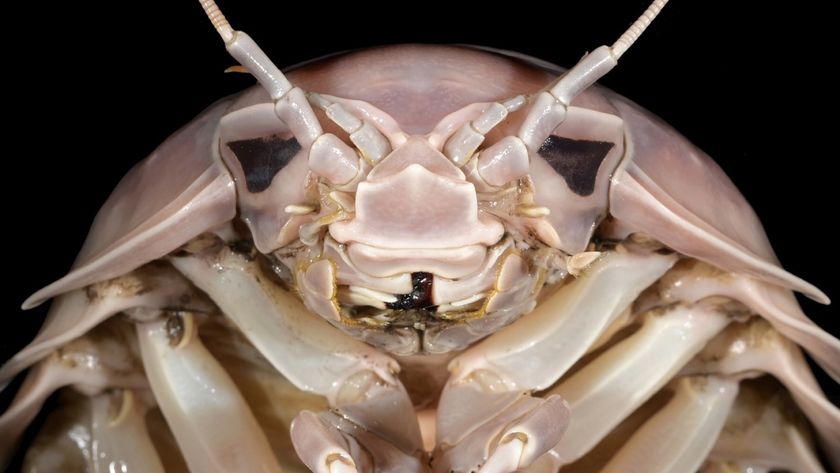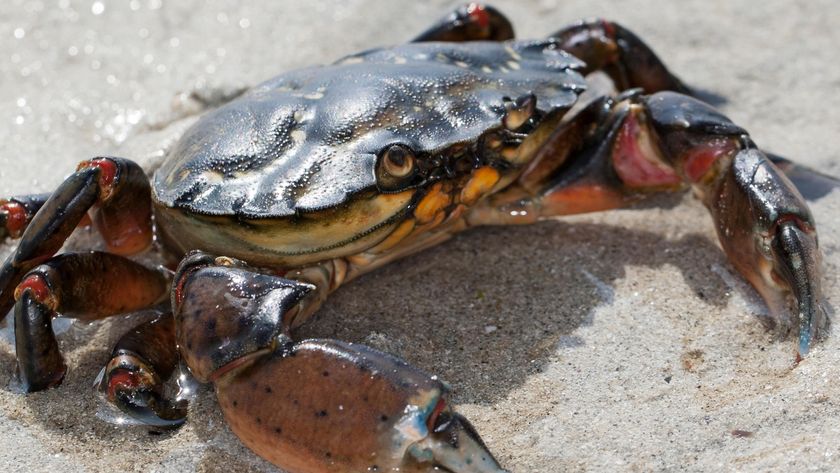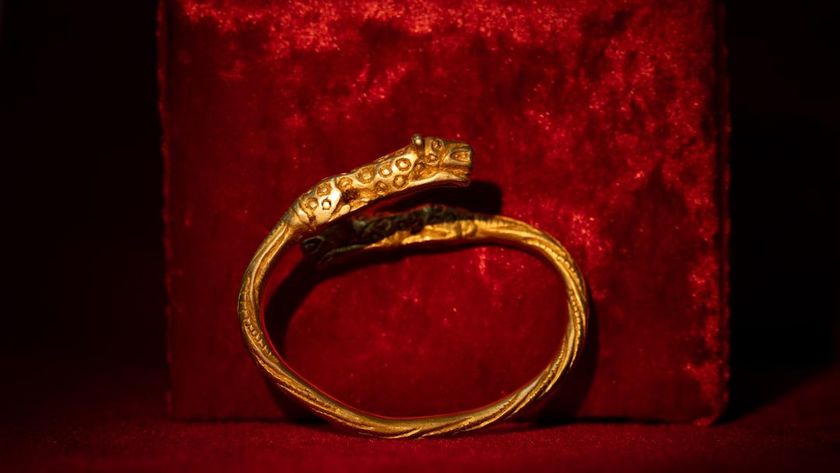Crayfish Fake Out Attackers With Large, Weak Claws
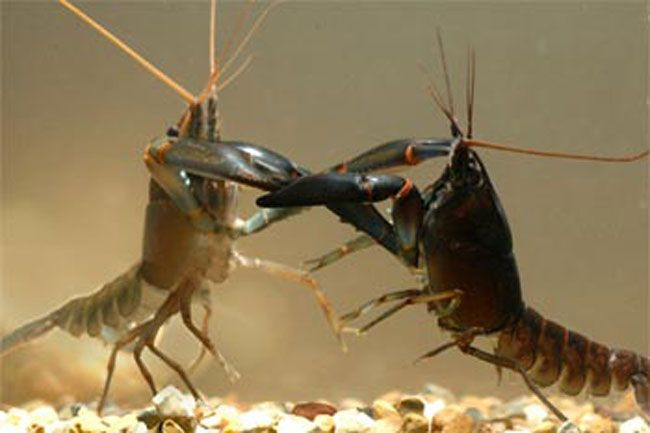
Some crayfish "fake out" their opponents with their gigantic right claws, suggests new research showing that these big claws aren't always as strong as they should be for their size.
The slender crayfish, Cherax dispar, fights with other males over territory. They start these bouts of aggression by assessing each other's pincers by rubbing and tapping them. The male with the largest pincer is usually the victor of these fight-less facedowns, and so snags the territory, without the contest escalating further.
"In my experience, most conflicts are settled without fighting," study researcher Michael Angilletta Jr., of Arizona State University, told LiveScience in an email. "Usually, the smaller individual backs away very quickly (often immediately). Escalation to physical combat only occurs when two individuals are similar in size. I'd estimate that more than 80 percent of encounters would be settled without combat."
When these meetings do come to blows, the stronger of the two males usually takes home the belt. If the two crayfish get into a physical fight (one doesn't walk away in fear of the big claw, and instead they continue fighting), the winning crayfish isn't always the one with the bigger claw.
The big pinch
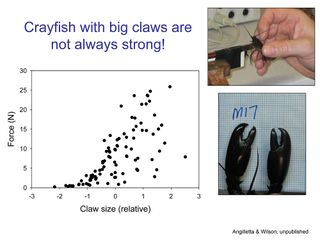
To see if the size of the claw matched its strength, Angilletta and crayfish researcher Robbie Wilson, from The University of Queensland in Australia, put crayfish from North Stradbroke Island, off the coast of Australia, to the test. They collected the crustaceans and determined the size and strength of their pincers, also called chelae.
The researchers found that these larger pincers are sometimes made up of lower quality muscle than, and sometimes aren't as strong as, the smaller pincers. The larger claw is sometimes stronger than the small one on the same individual, but not always. "There is lots of variation in strength of the largest claws, but very little variation in the strength of the smallest claws," Angilletta said.
Sign up for the Live Science daily newsletter now
Get the world’s most fascinating discoveries delivered straight to your inbox.
"The force of the biggest pincers is so variable that some pincers can be 10 times as strong as another set that are of the same size." Angilletta said. "Strong individuals with small pincers sometimes flee from large individuals with weak pincers."
This could be useful for a crayfish that has a large but weak claw; he may still scare off competitors without investing in quality muscles.
The hidden punch
This is what the researchers call "cryptic asymmetry," when asymmetries of limb performance don't match up with asymmetries of limb size.
"Cryptic asymmetry raises important question about the ecology and evolution of aggression," the authors write in the paper, to be published Wednesday (March 14) in the journal Biology Letters. It also "adds another dimension of uncertainly to aggressive encounters, because a crayfish cannot predict which chelae poses the greater threat."
This phenomenon isn't just limited to crayfish, the researchers said. "Because the majority of animals possess an exoskeleton, which effectively masks internal structures, cryptic asymmetry of performance could be a fairly common phenomenon," the researchers write.
You can follow LiveScience staff writer Jennifer Welsh on Twitter @microbelover. Follow LiveScience for the latest in science news and discoveries on Twitter @livescience and on Facebook.
Jennifer Welsh is a Connecticut-based science writer and editor and a regular contributor to Live Science. She also has several years of bench work in cancer research and anti-viral drug discovery under her belt. She has previously written for Science News, VerywellHealth, The Scientist, Discover Magazine, WIRED Science, and Business Insider.
Most Popular


